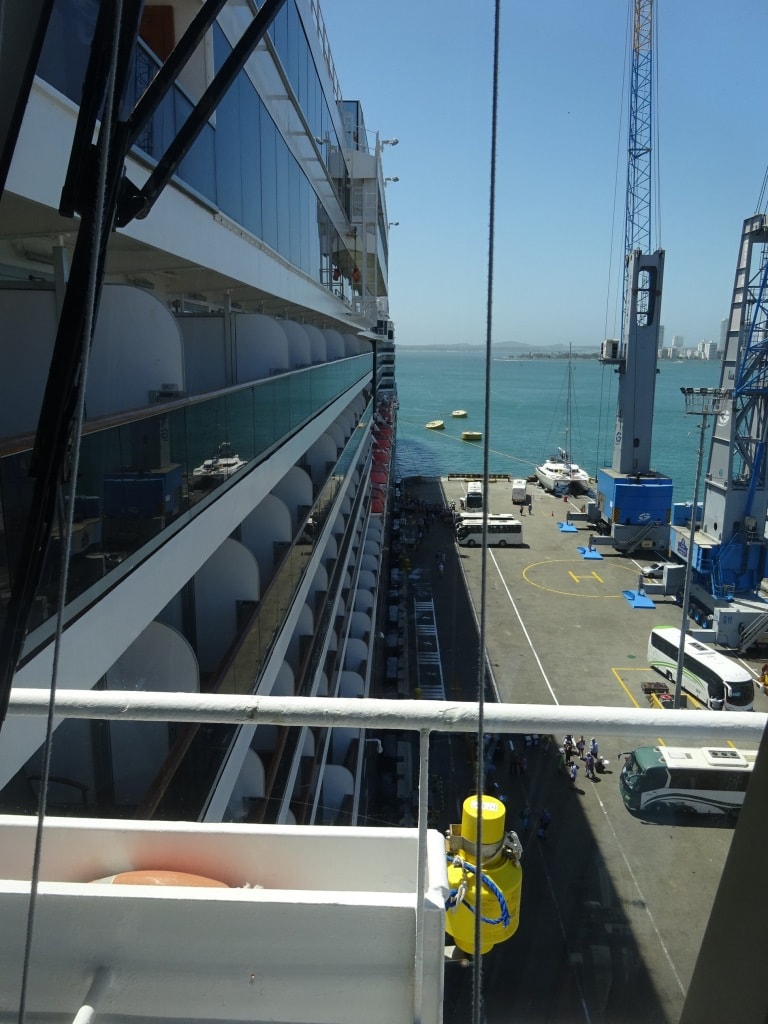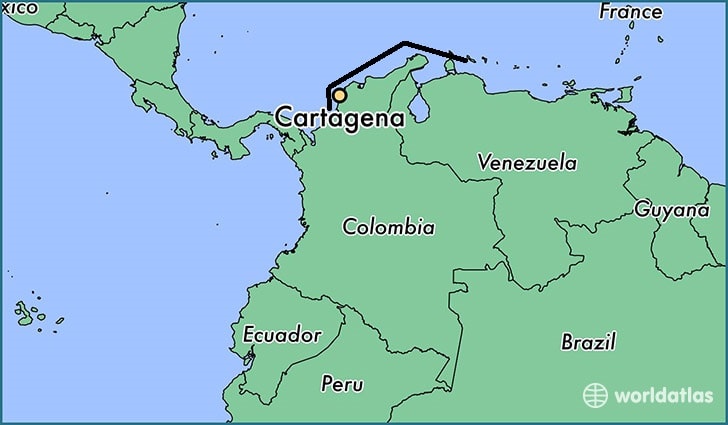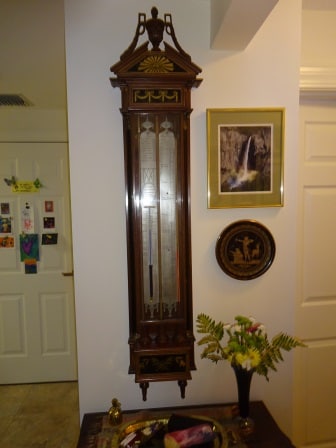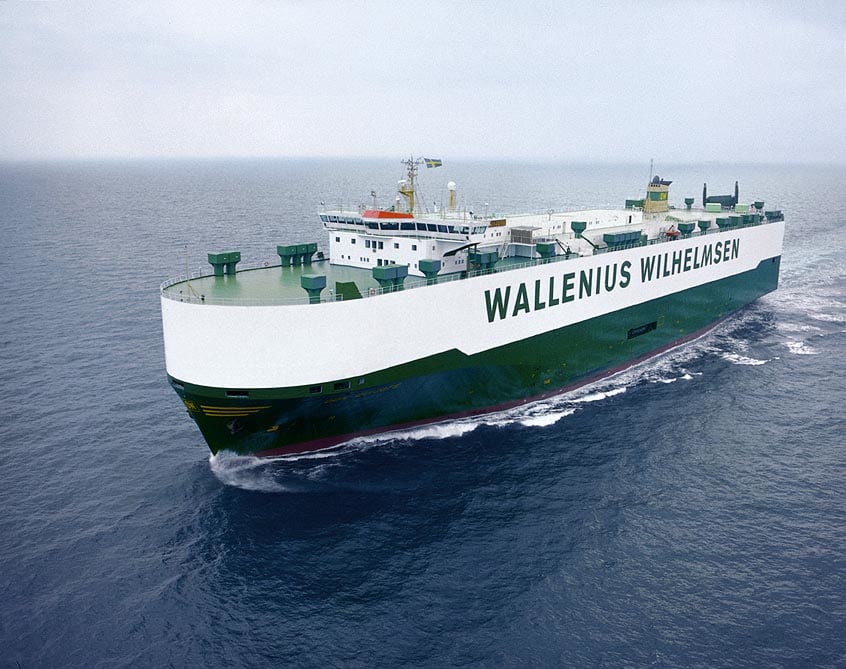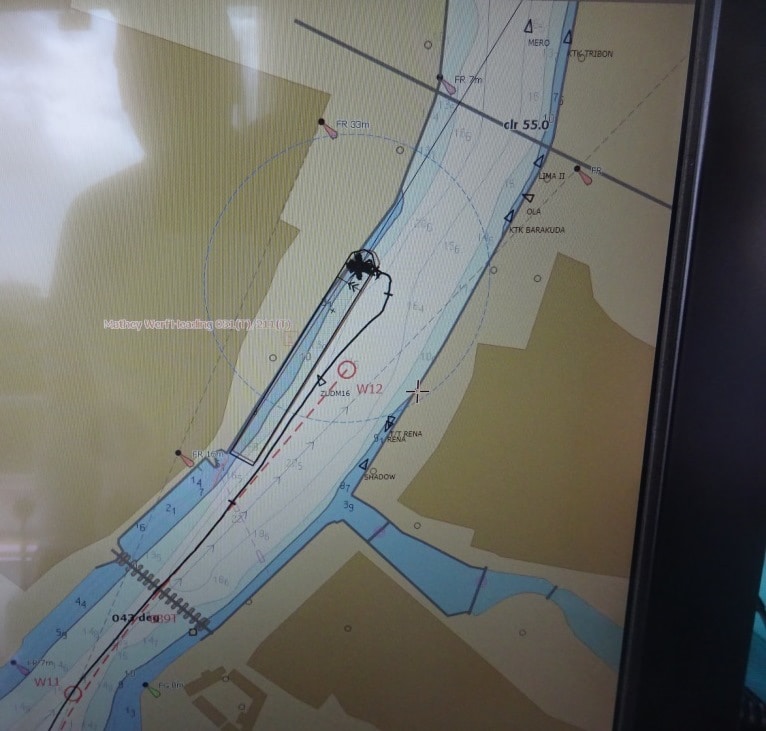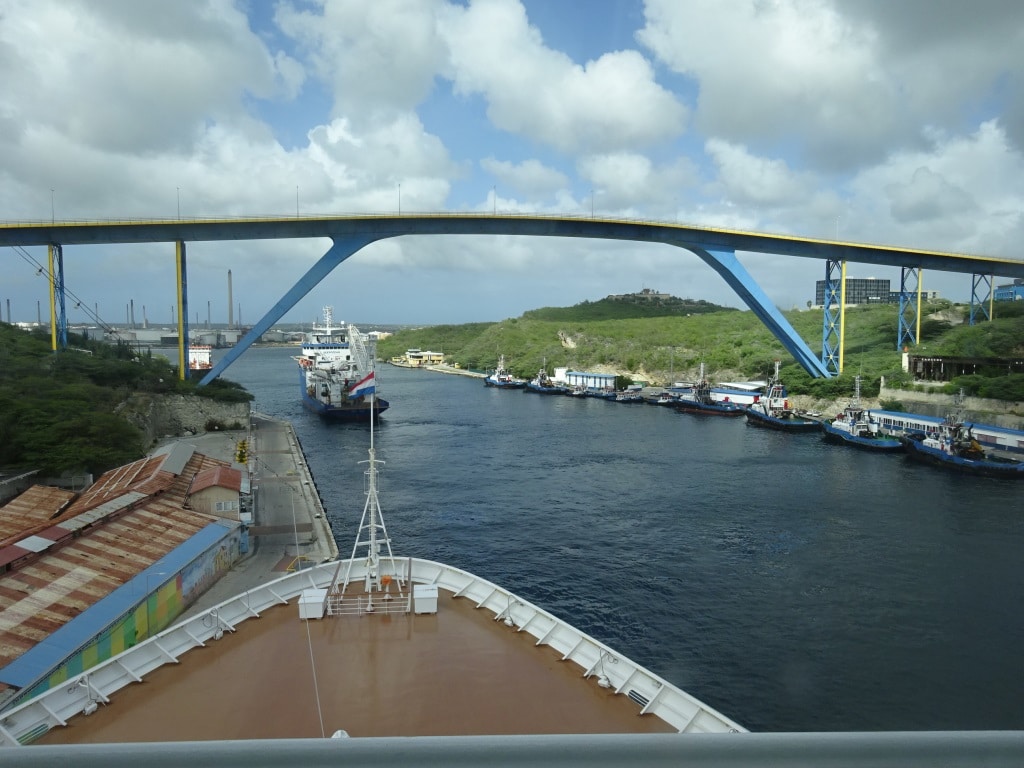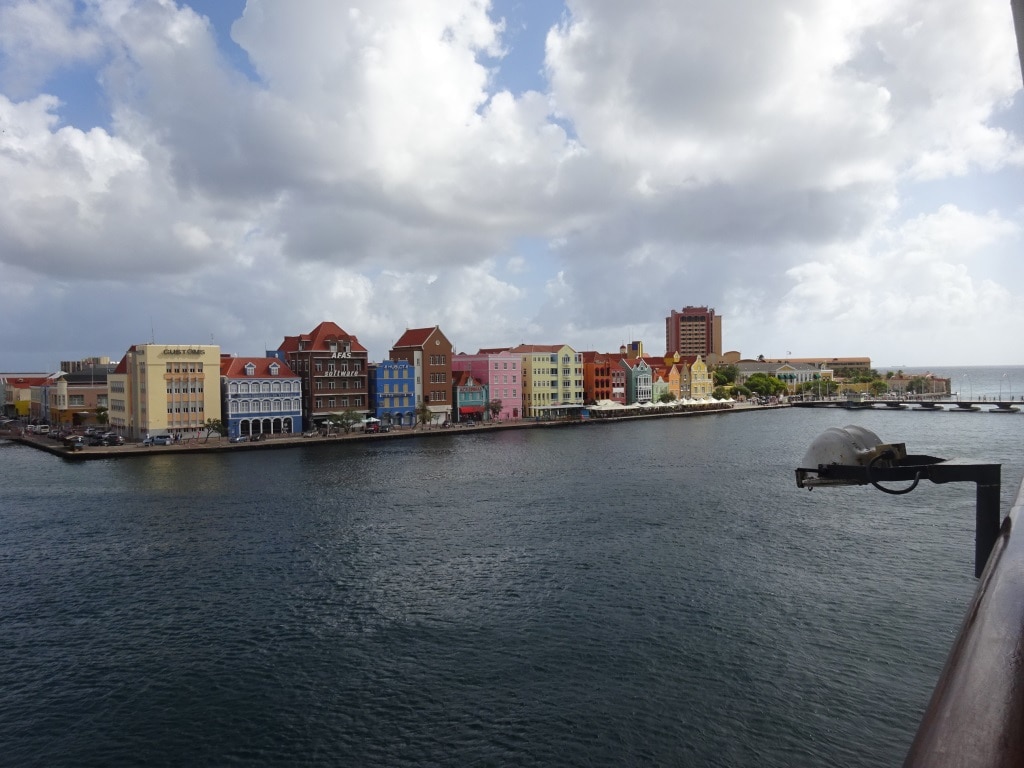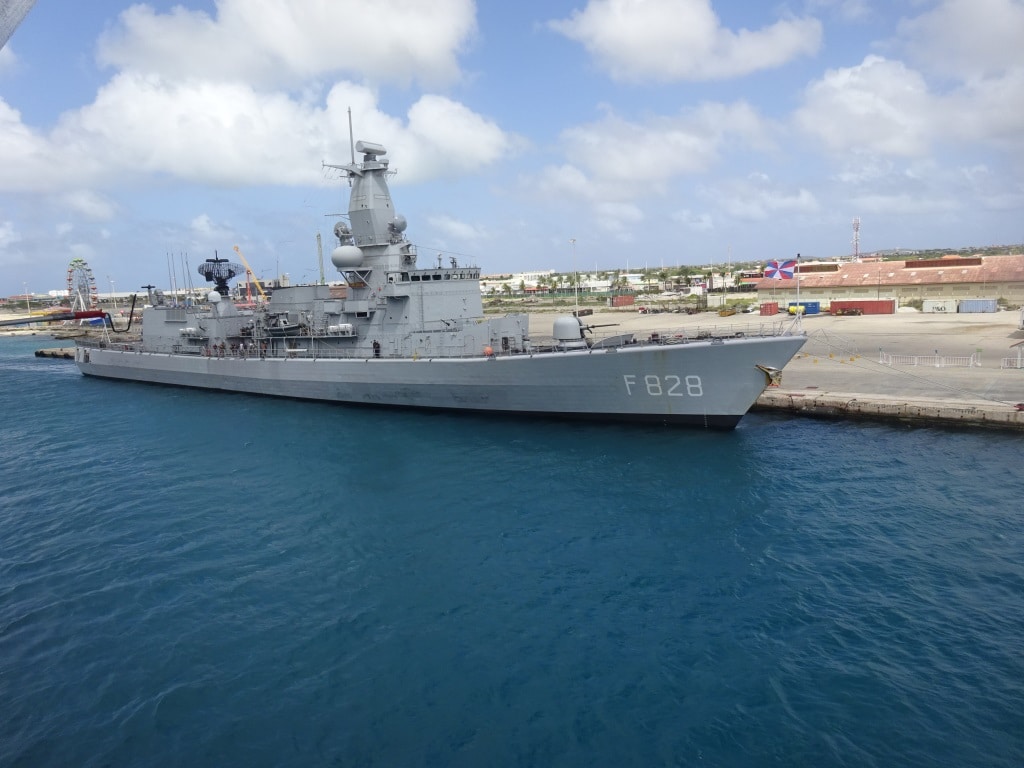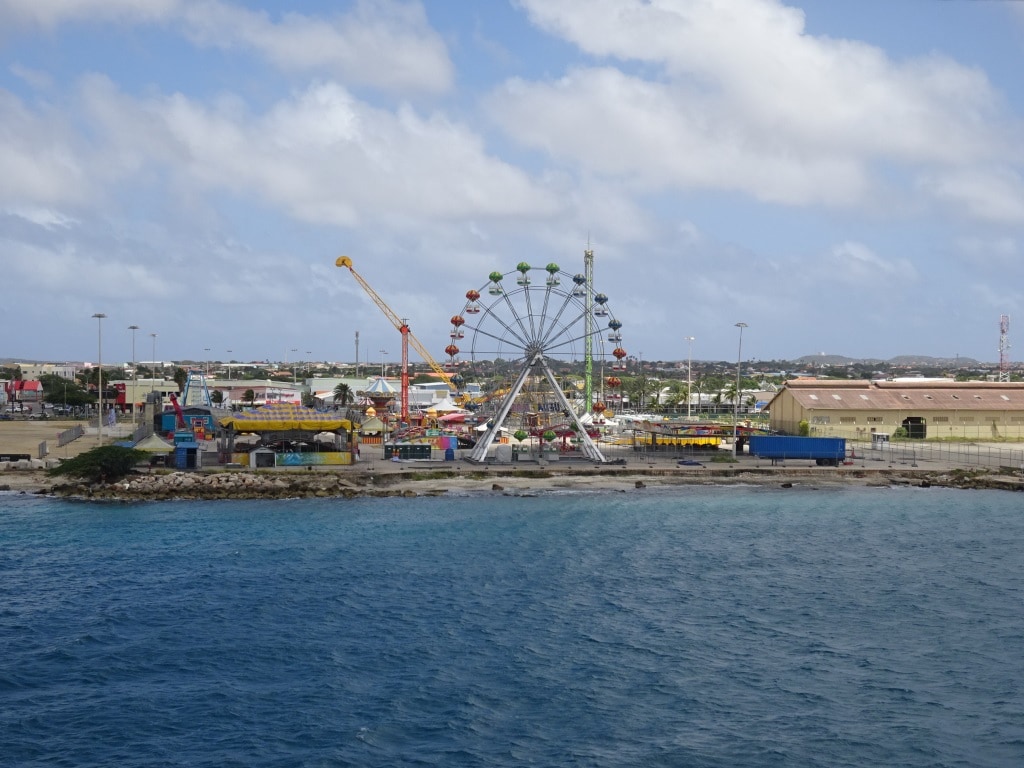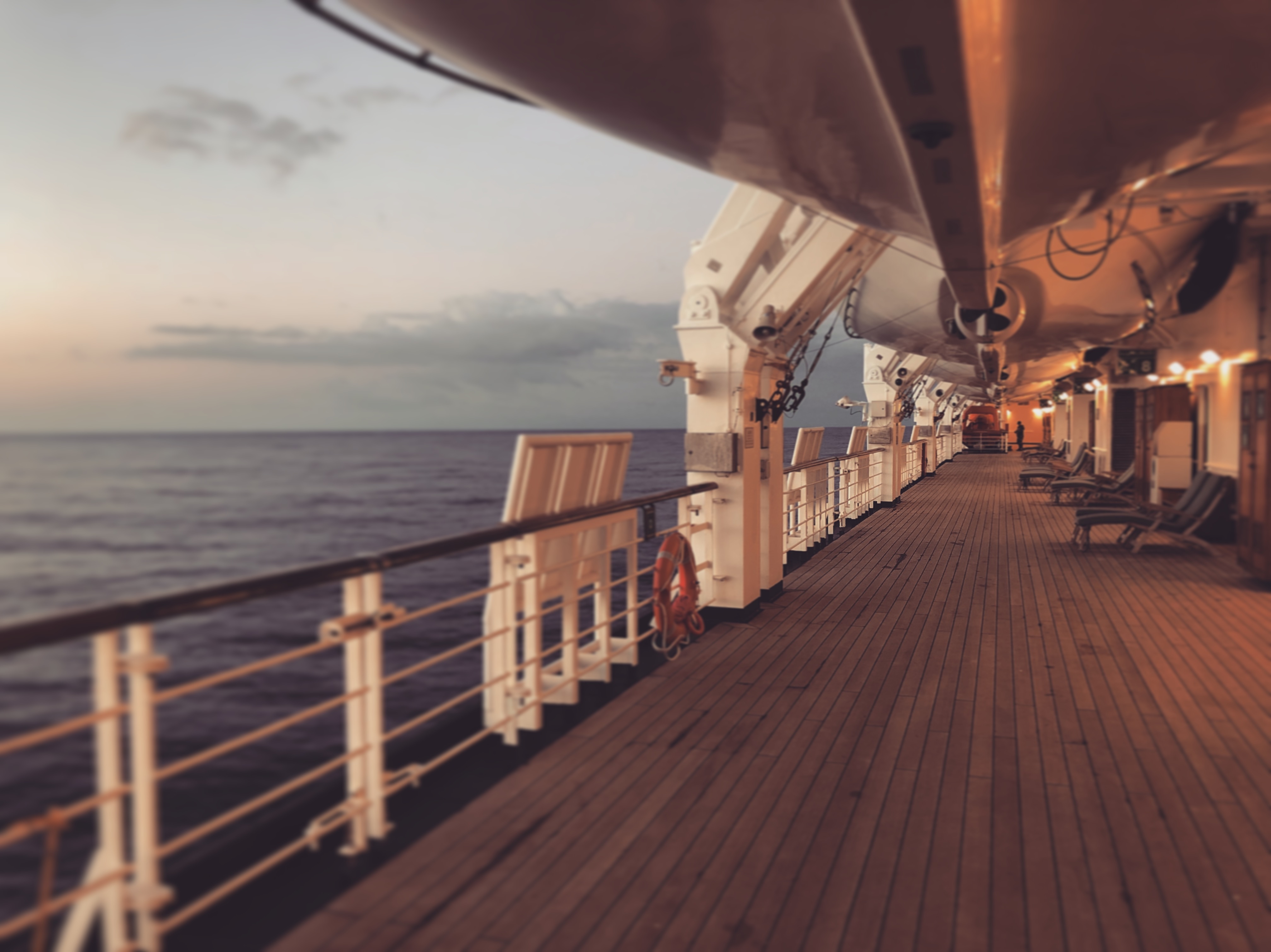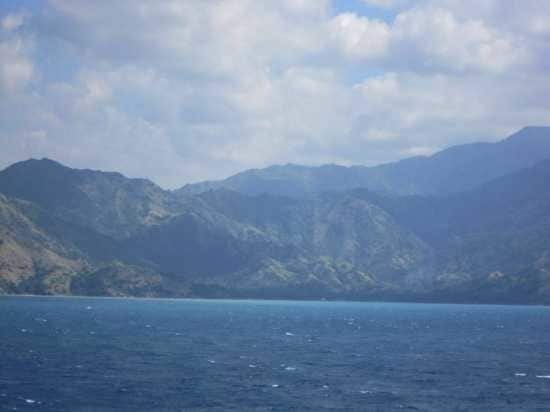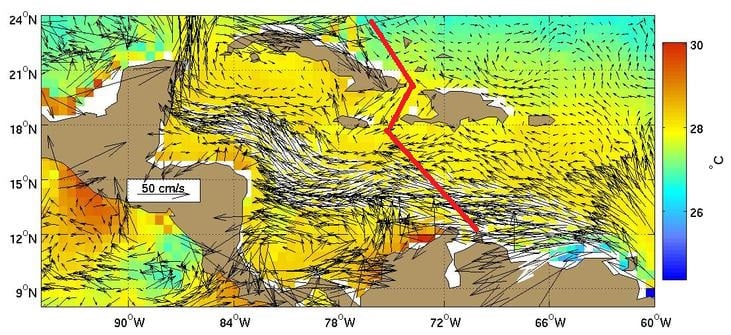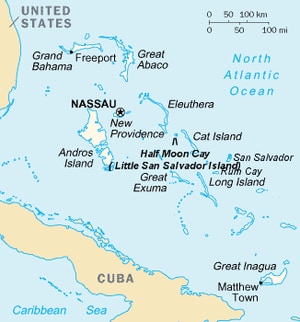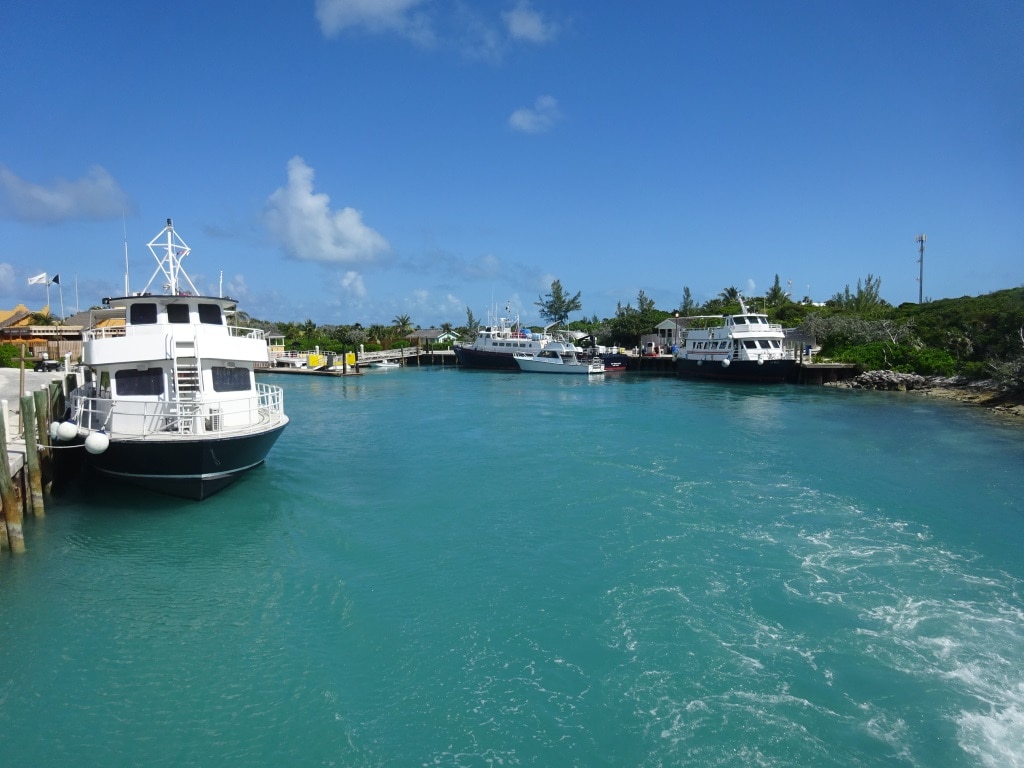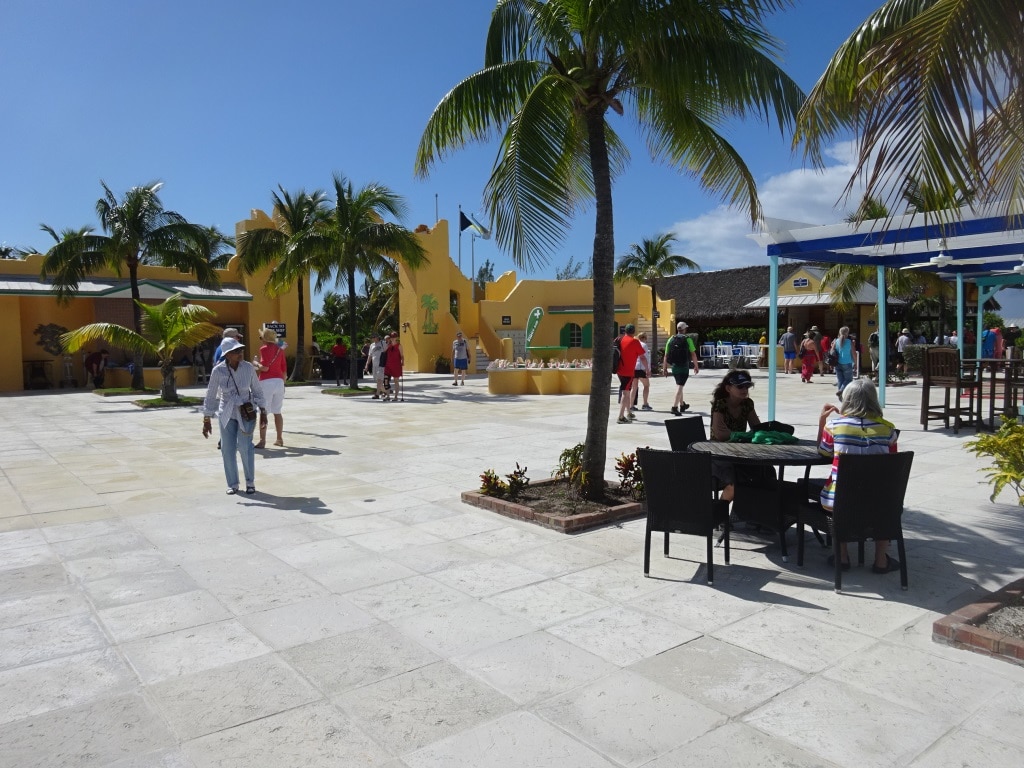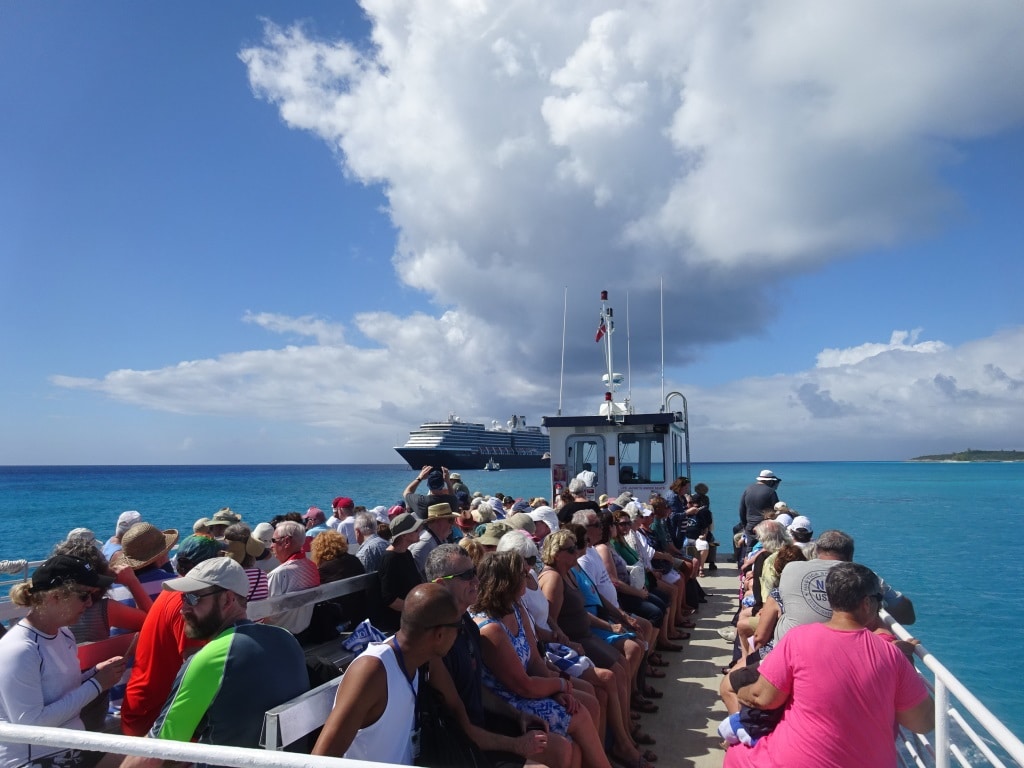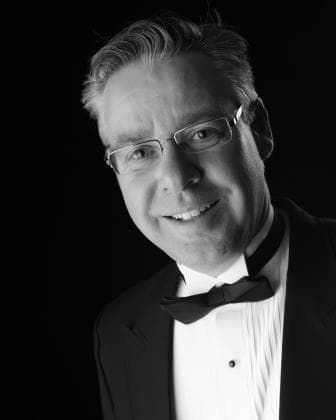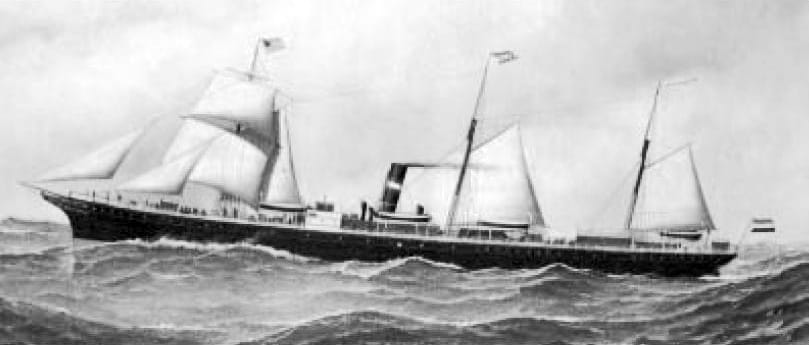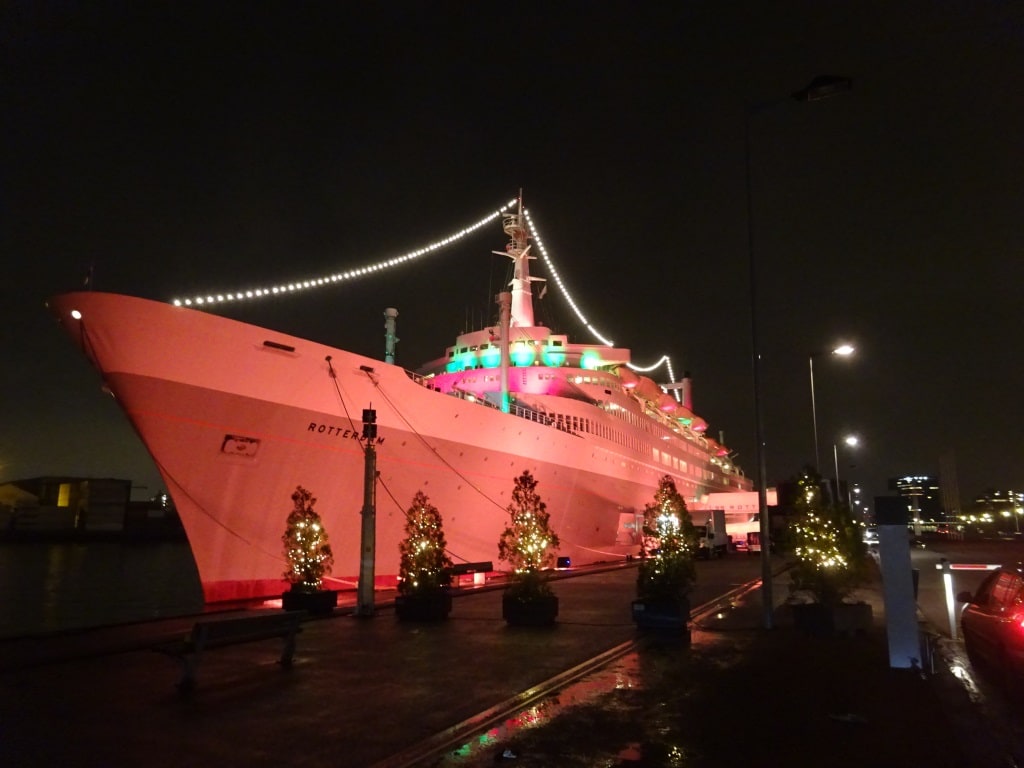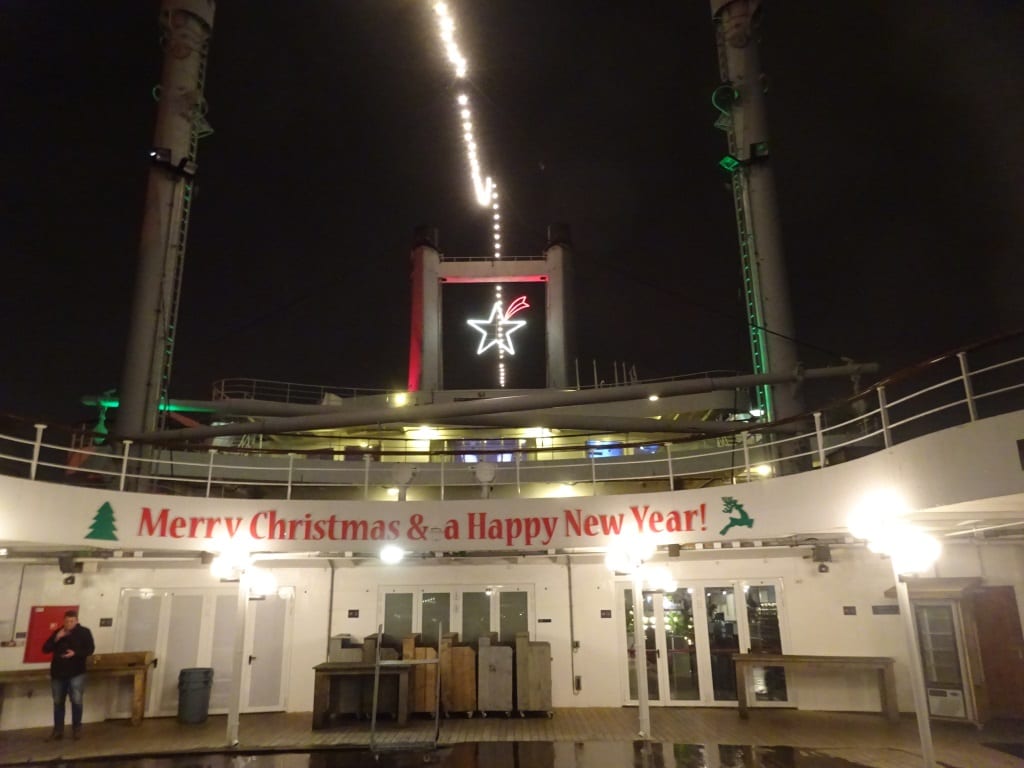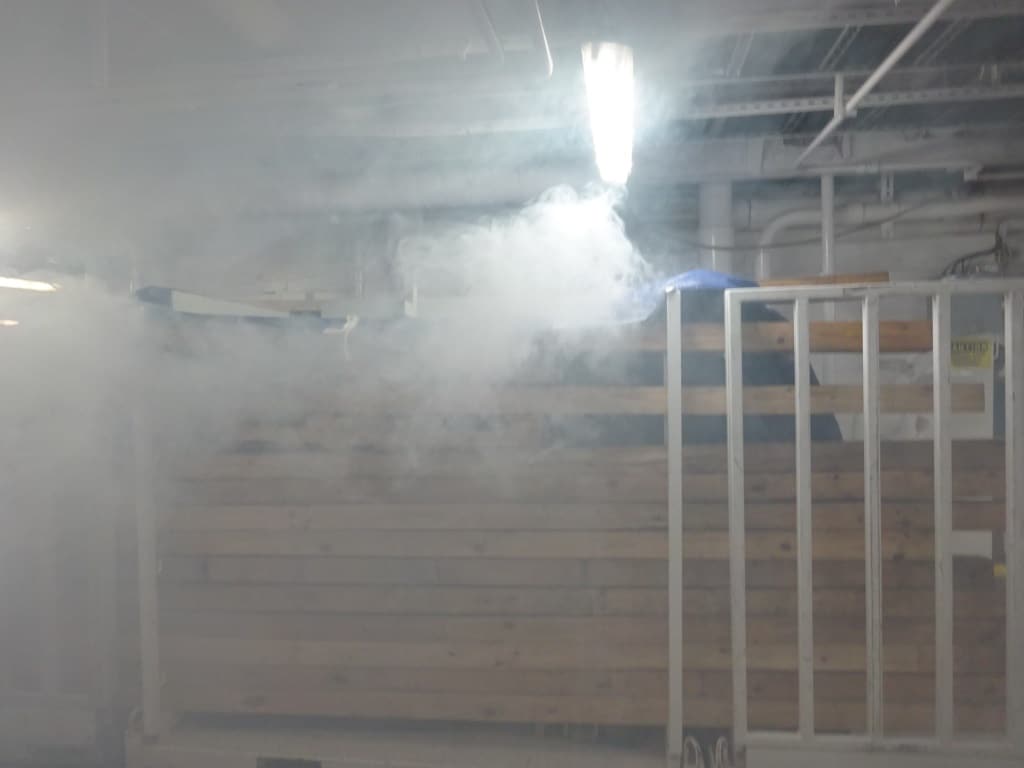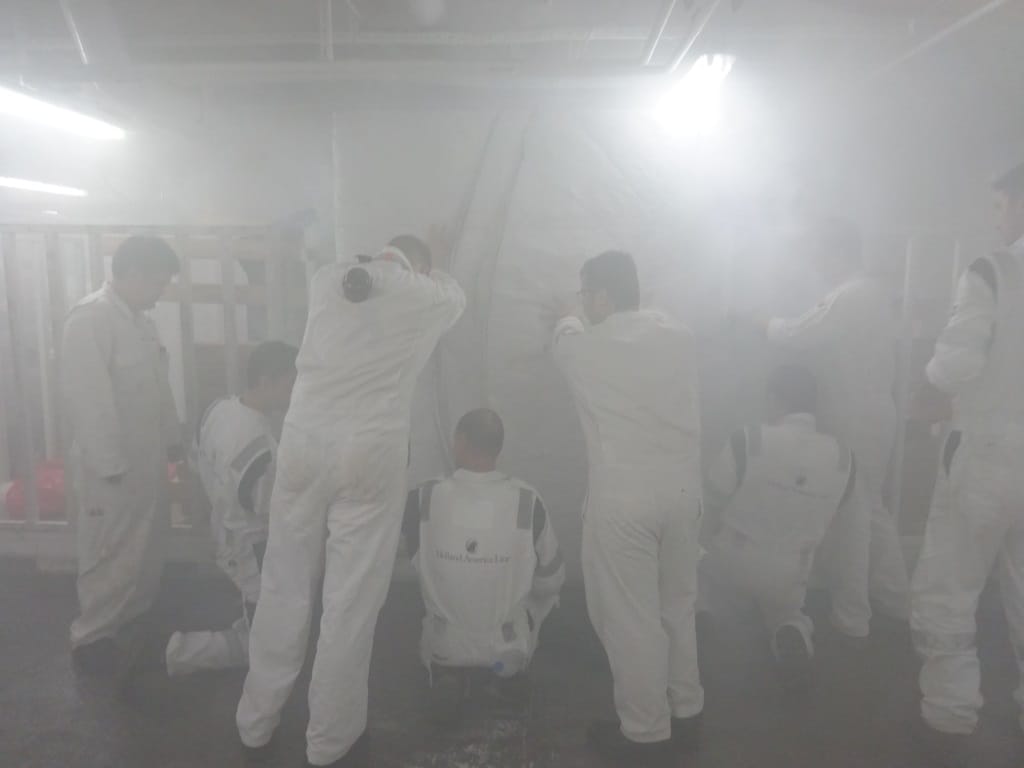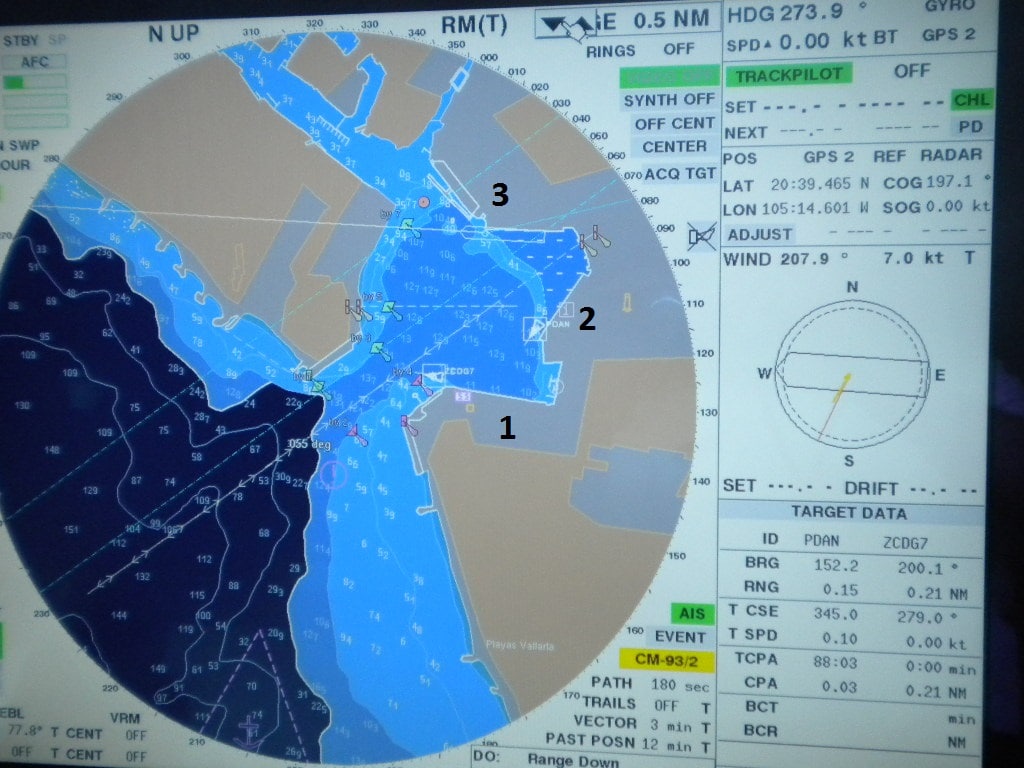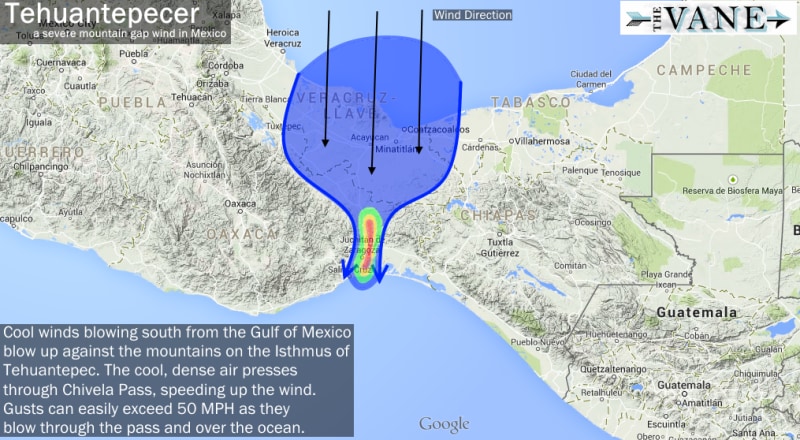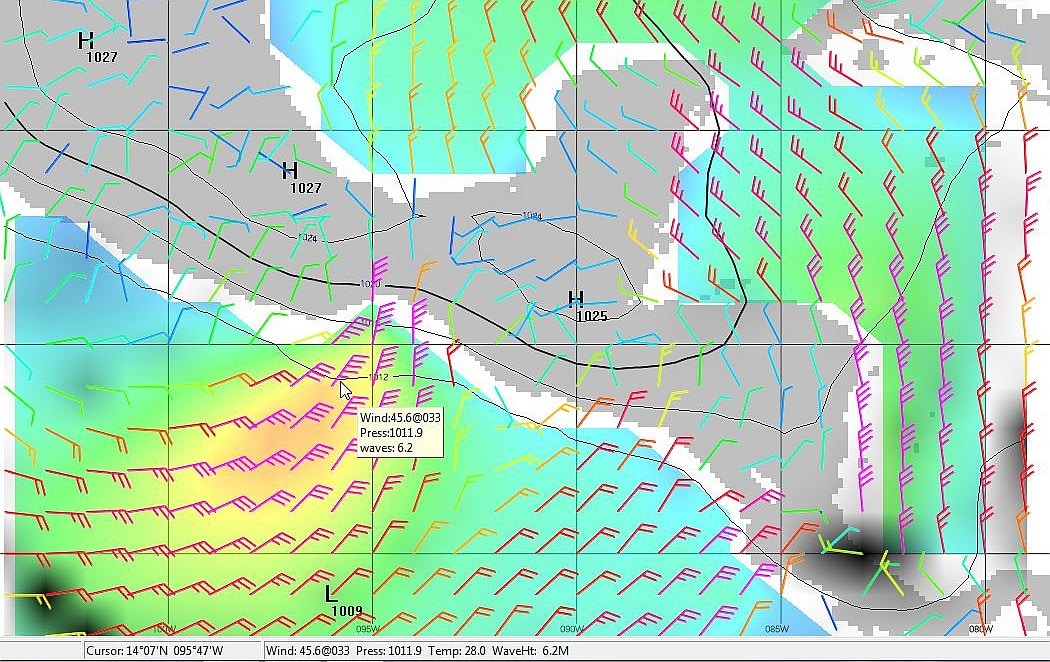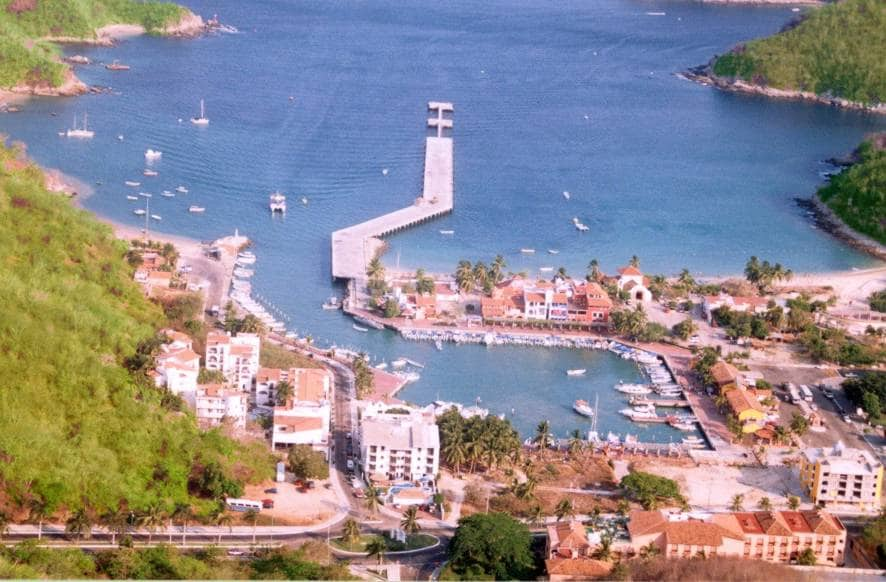Today our port of call was Cartagena Colombia from 07.00 hrs. to 13.00 hrs. We cannot really stay any longer as otherwise we cannot make 05.00 hrs. Panama Canal pilot station. And if we do not make the 5 am in the morning then we might miss our slot of going through the locks and that would endanger our whole call in Panama. The entrance to the port of Cartagena is located at the south side of the bay. And that entrance is called Boca Chica. Directly translated into English it means Mouth of the Girl but it can also mean little mouth or little entrance. And the latter is correct here. There used to be two entrances and the very big one was where now the port is. But it was much shallower and only good for fishermen. The deep water entrance was the small mouth or the Boca Chica. Already in the 16th century this was the case and two forts were built on either side of the entrance to keep those out who wanted to get in but who were not friends of the current occupier of the land all around. There have been several fights and The Spanish, The British and of course The Dutch all have been shooting cannon balls in this area but the Spanish Influence was the most predominant, hence the fact that most of south America, except Brazil, speaks Spanish.
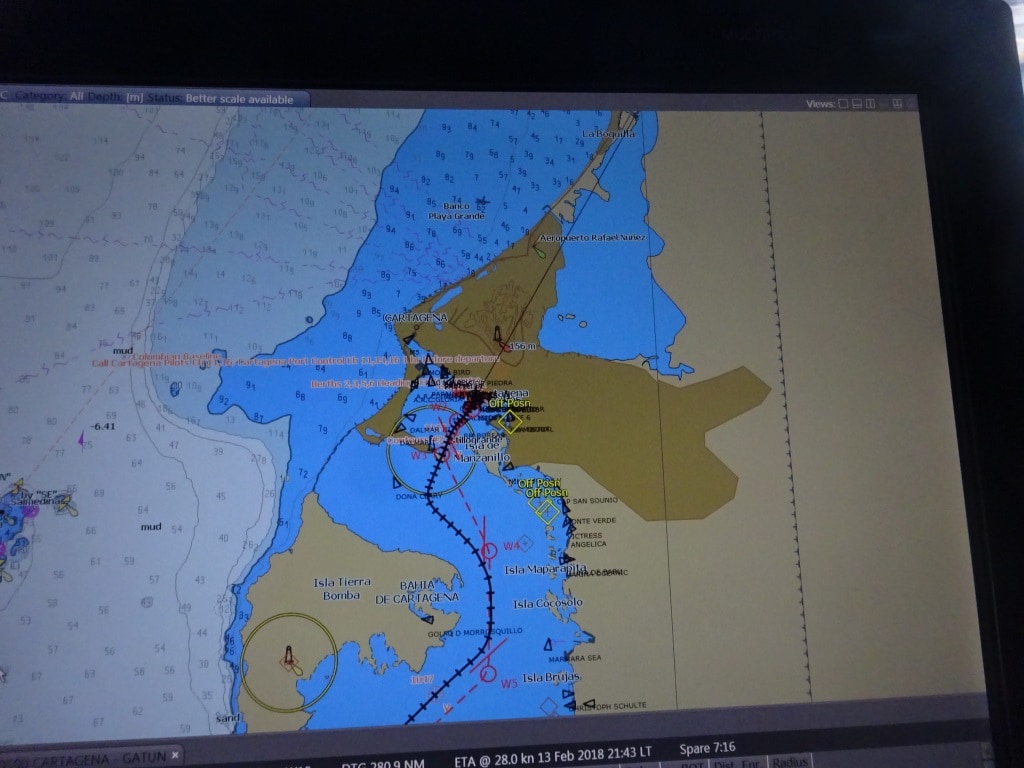
The “rail road track” shows the progress of the ship through the bay to get to Cartagena port. The ” big chica” can be clearly seen, it has now been sealed off from the sea by a small cause way as it had silted up too much.
The Zuiderdam was the first cruise ship in today, followed by the Norwegian Star and the Mein Schiff 6. The Mein Schiff 6 is a sister of the Mein Schiff 5 and 4 and the company TUI has decided that most people only remember the brand and not the ships name and thus they went for numbers. Not the first one to do so, maybe you still remember Renaissance cruises, they did the same thing and numbered their ships from 1 to 8 (or officially R one to R eight) Most of those ships are now sailing for Azamara cruises and Oceania Cruises where they have been given more regular names. As the oil is quite cheap here, most ships that stay for a longer period top up with fuel here. We used to do this as well but less frequent now, as the bunker barge was seldom capable of delivering the pumping speed needed to get the fuel on board before the sailing time of the ship.
We were docked today at berth 5, which until not too long ago was only used for smaller cargo ships or very small cruise ships. But with the cruise ships getting bigger and bigger and more and more of them being around, Cartagena had to increase the number of cruise ship docks and has done so by adding mooring buoys. Then the smallest of all the cruise ships coming in, will go to dock 5. Believe it or not the Zuiderdam with her 86000 tons is now one of the smaller ships. I do not like mooring buoys very much. They are a cheap (for the port) and a safe way for docking a ship. But for us it makes it difficult to dock the ship with the nose out as there is now no pier to land the most forward gangway.
Today leaving on time was even more important as wind and swell was building up outside. And although following wind and seas were forecasted, you never know if that will help the ship or slow it down. So as soon as all the guests were on board, we raced out of the inner bay and via the Boca Chica back to open waters.
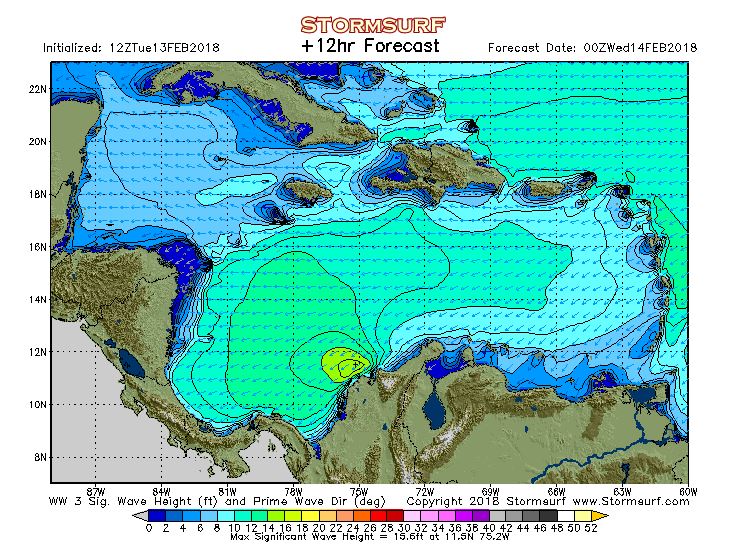
The forecast for 20.00 hrs. tonight. The greenish yellow bit 14 to 18 feet of swell will catch up with us and we will have a lively ship tonight.
There we were greeted by rolling waves with white caps and the wind breezing up to 35 knots on occasion. The swell was on the sb. quarter and that meant that all the guests could enjoy this cork screw motion again. The ship would roll a bit to one side, then the stern would lift up, pushing the ship forward and then the ship would roll sedately to the other side. The stabilizers are then trying very hard to keep the ship from rolling but every time the gyro compass sends a correcting signal to the fins, this lift up and push forward happens and that completely confuses the gyroscope. So we will now “corkscrew” all the way to the Colon Sea buoy. There it should get a bit better as the elbow of Panama, that big of land sticking out to the north, shelters the anchorage area of Colon somewhat.
Subject to extremely much change, the plan is for tomorrow:
0500 at the sea buoy
06.30 entering the first lock of the three
08.15 exiting the last of the three locks
09.00 Start tender service to land the overland tour
11.00 turn around and get out of the Gatun Lake again via the locks
16.00 Being docked at Colon 2000, the cruise terminal at the south side of Colon.
Weather for tomorrow: Warm and humid with an un-expected downpour to be expected.
